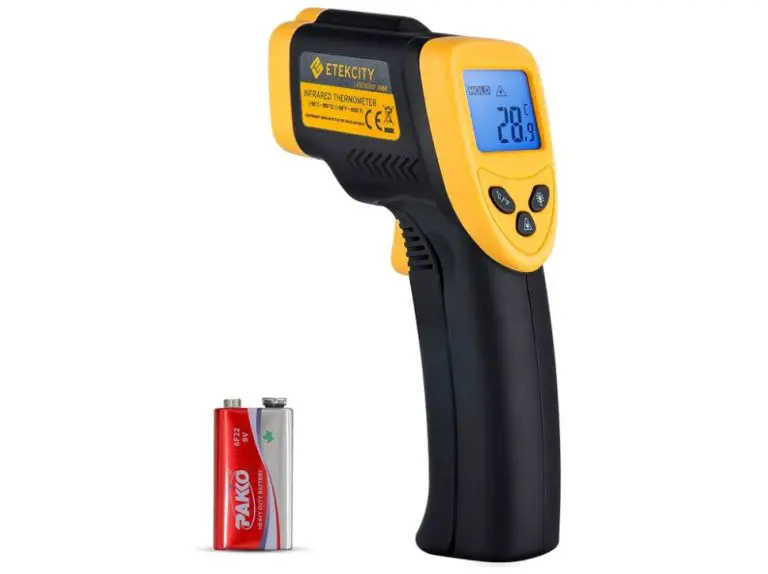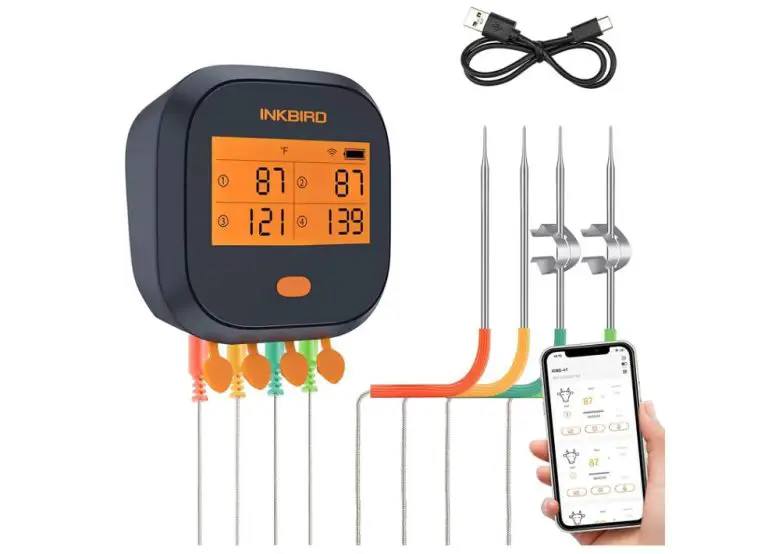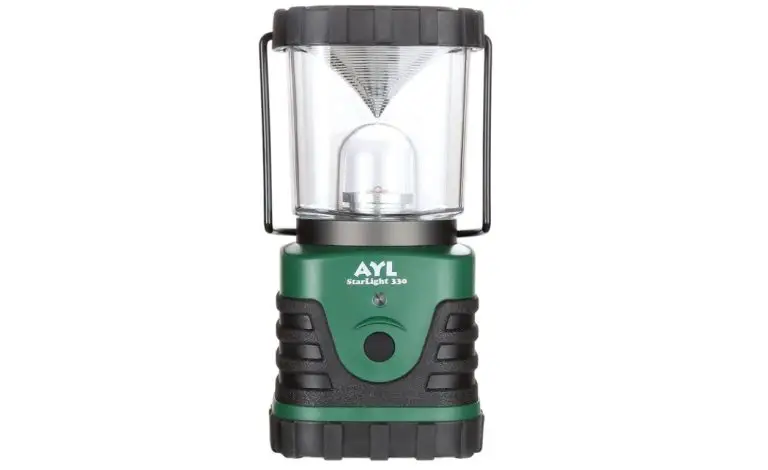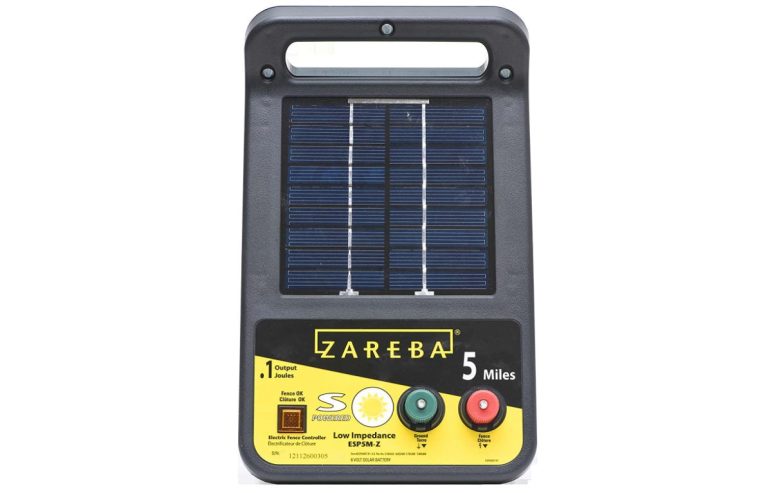Best Whole House Surge Protector Reviews
Introduction
The best whole house surge protector is one of the most cost-effective ways to protect your electronics and appliances from damage caused by power surges or lightning strikes.
Despite this, only a small percentage of consumers have these in their homes. Many of those who do own a unit do so with a model that is either incorrectly rated or incorrectly configured for their needs. In this tutorial, we’ll dispel some power surge myths and equip you with the knowledge you need to select the best whole-house surge protector for your needs.
You’ll learn about the various types of power surges, why most whole-house surge protectors are woefully inadequate, and how to choose a whole-house surge protector that can protect all of your home’s electronic devices.
As you are aware if you are familiar with electricity and electrical appliances, all of the various gadgets and equipment in your home are vulnerable to electrical surge damage. Although a surge protector can be purchased for each of them, this is not the best option. Instead, consider purchasing one of the top whole-house surge protectors listed below, which were chosen based on the following criteria:
Maximum Surge Current:
Each whole-house surge protector’s maximum surge current rating indicates how much current it can handle in the event of an electrical surge. High-end models can withstand up to 60000 amps per phase, whereas entry-level models can only handle around 40000 amps per phase.
Surge Protector Type:
When purchasing a surge protector for the entire house, there are several types available. This covers surge protectors of types 1, 2, and 3, each of which has a unique surge protection technology that makes it ideal for a specific application. Surge protectors of type 2 are typically the most adaptable.
Protection Modes:
Because multiple protection modes typically provide a better performance, you can find multiple protection modes with a single whole-house surge protector. This includes options with four or six different protection modes, as well as others where having extra protection modes is always a good idea.
While all of these factors are important to consider when selecting surge protectors, there are numerous others to consider. All of the best whole house surge protectors included here have all of their key characteristics and features thoroughly discussed, as well as a comprehensive “Buying Guide,” so that you can purchase the best whole house surge protectors by reading this listicle through to the end.
Best Whole House Surge Protectors 2023

Siemens FS140 Whole House Surge Protection

Leviton 240 Volt Panel Protector

Intermatic IG1240RC3 Whole Home Surge Protection Device

Siemens QSA2020SPD Whole House Surge Protection

Eaton CHSPT2SURGE SPD Type 2 Chsp Whole Home Surge Protector
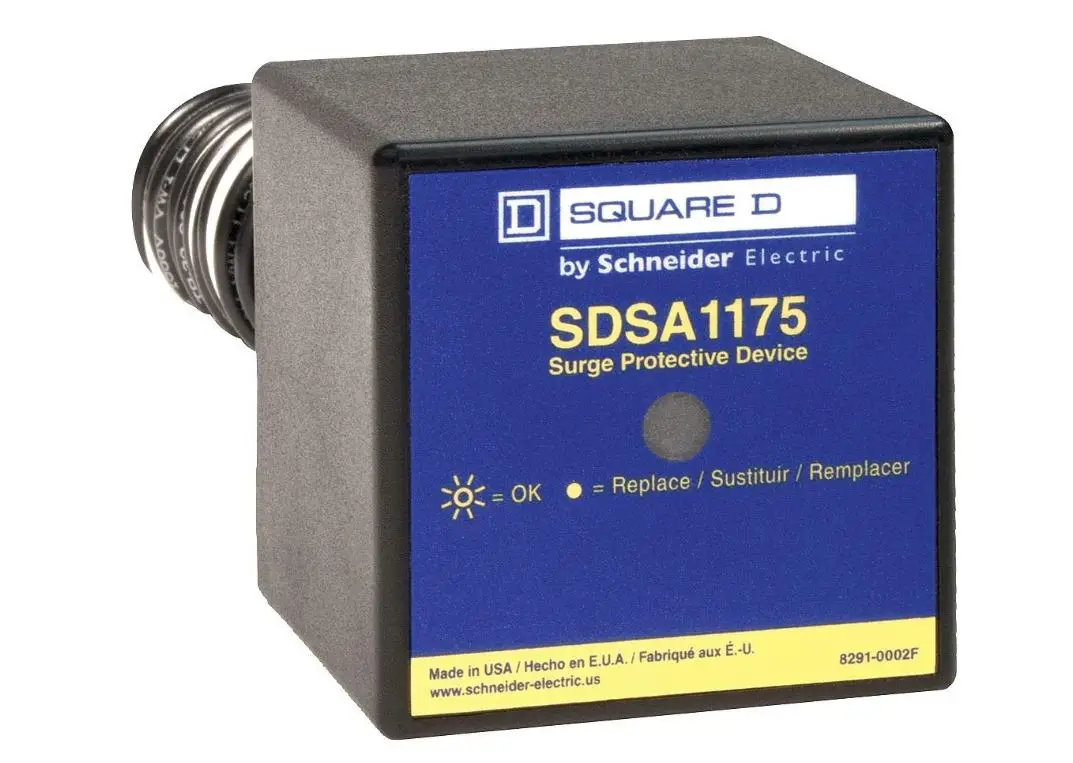
Square D 1 Phase Surge Protection Device

Siemens is a well-known and premium manufacturer of electrical parts and equipment, including its whole-house surge protector, which typically provides exceptional performance numbers.
The Siemens FS140 whole-house surge protector is ranked first because it is the most effective option. This is primarily due to its excellent maximum surge current, which is the highest listed here and up to 60000 amps per phase.
In order to provide such high-performance statistics, this Siemens surge protector is a type 2 surge protector. You also get a total of four protection modes, which is always a plus in a surge protector for the entire house. Because this is an expensive option, you also get a 10-year warranty for your peace of mind.

If you want something like a whole-house surge protector that provides excellent performance while remaining dependable, you can look into Leviton and its electrical component options.
The Leviton 51120-1 whole-house surge protector is ranked second on this list because it is the most dependable and long-lasting option available. Because the maximum surge current rating is up to 50000 amps per phase, this surge protector also has a respectably high-performance rating.
This whole-house surge protector is a type 2 device with four protection modes, allowing for such high-performance statistics. The lifetime warranty makes this whole-house surge protector the most dependable option on this list, which brings us to the best part.

Intermatic is a new and modest manufacturer of electrical products, such as the whole-house surge protector we have here, which is well-known for being ideal for a specific application.
The Intermatic IG1240RC3 whole-house surge protector takes third place on this list because it is ideal for use with sensitive devices. Despite this, the maximum surge current of up to 50,000 amps per phase allows it to be used in heavy-duty applications.
The main feature of this whole-house surge protector is that it is a type 3 surge protector, making it ideal for sensitive applications. When combined with the six protection modes, you can be even more confident that it provides excellent protection. You also get a 5-year warranty to ensure that you can use this surge protector for a long time.

Siemens also offers fairly entry-level options for whole-house surge protectors that provide respectable protection in a small form factor for convenience.
The Siemens QSA2020SPD whole home surge protector is one of the most portable surge protector options available. Even at its size, it can produce a maximum surge current of up to 40000 amps per phase.
However, it is a type 1 surge protector, which may not be the best option in many situations. One limitation of its surge protector type is that it only has three protection modes. Fortunately, it comes with a two-year warranty, which, while shorter than some, is still very good.

Eaton, while not as well-known as other solutions, provides a number of excellent whole-house surge protectors that are frequently very affordable.
Eaton’s CHSPT2SURGE whole-house surge protector is the best choice for people on a tight budget because it is the least expensive option available. An entry-level surge protector should have a maximum surge current of up to 36000 amps per phase.
Fortunately, it is still a class 2 surge protector, so it has a wide range of potential applications. Like many other similar devices, this type 2 surge protector has four protection modes for your peace of mind. In terms of security, this reasonably priced whole-house surge protector comes with a 5-year warranty, which is uncommon among most others.

Electrical products, such as the whole-house surge protector shown here, are relatively new to the market. They are manufactured by Square D by Schneider Electric.
This Square D 1 whole-house surge protector by Schneider Electric is one of the better options. Furthermore, it represents excellent value for money. In terms of maximum surge current rating, which is rated for up to 36000 per phase, it is comparable to much more expensive solutions.
This surge protector, like other high-end surge protectors, is a type 2 entire home surge protector. It offers two types of protection: L-L and L-N. It’s set up in the chase nipple style. It includes an LED indicator that displays the current state.
Types of Surge Protectors
Although commonly referred to as “surge protectors,” these are technical “surge protection devices” (SPDs). When deciding which SPD is best for your home, you must consider which category it belongs to. Some are intended to protect individual items from damage caused by power surges, whereas others—the primary focus of this article—provide whole-house surge protection. There are two distinct types of the latter, totaling three types of SPDs.
Type 1
Type 1 devices provide the highest level of protection against external sources as well as general protection against internal power surges. Low-power spikes may pass through, but they are usually non-destructive. These surge protectors are installed where the utility company’s supply meets the main breaker box, known as the “line side.” This means that power cannot enter the home without passing through the SPD, so only safe levels of electricity pass through.
While the installation is taking place, the power to the house must be turned off. The installation must also be performed by a qualified electrician, which can significantly increase the cost. In some cases, prior notification to the utility company is required, though this should be handled by the contractor.
Type 2
Type 2 surge protectors, the most common type of SPD, can be installed inside or outside the main breaker panel, also known as a load center. Any DIYer with the necessary electrical experience can complete the installation. While it is not required to hire a qualified electrician for the job, those who are unsure of their abilities should seek advice from one.
Type 2 SPDs can protect an individual circuit or all circuits within an electrical panel, as well as subsidiary panels downstream of it, depending on user configuration. Many offer comparable levels of protection to Type 1 devices, but it’s critical to read the specifications.
Type 3
These popular, low-cost devices, known as “strip surge protectors” or “receptacle surge protectors,” plug into any household outlet. They typically have four to six additional outlets and are an easy way to protect low-power devices such as televisions, computers, or gaming consoles.
These devices are known as surge arresters. They do not absorb excess power, as Type 1 and Type 2 surge protectors do, but rather transfer it to the ground wire. While they are effective in the majority of cases, it would be incorrect to assume that they provide complete protection. It’s also important not to mix them up with regular power strips, which can look similar but lack a surge-protection element.
Buying Guide for the Best Whole House Surge Protectors
Almost everyone’s home contains a variety of electrical equipment and appliances. Electrical surge protection is critical because you want all of them to last as long as possible.
Buying one of the best whole-house surge protectors mentioned above is a straightforward way to achieve the same result. These various whole-house surge protectors’ key features and options are also thoroughly explained to assist you in making the best choice. However, if you’re still confused and want to learn more, check out this comprehensive buying guide for the best surge protectors for your home:
Maximum Surge Current
Because whole-home surge protectors are designed to prevent any damage caused by an electrical surge, you should select a unit that can withstand strong electrical surges. To ensure this, you should check their maximum surge current rating. When it comes to whole-house surge protectors, you have options such as 40000 amps per phase, 50000 amps per phase, and even 60000 amps per phase. And the higher maximum surge current of 60000 amps per phase is the best option if you want the best possible protection for your appliances and electrical equipment.
Surge Protector Type
You should look at the surge protector type of a particular whole house surge protector to get a general idea of its performance and the best applications it offers. When looking for whole-house surge protectors, you can find surge protector types such as type 1, type 2, and type 3 surge protectors.
All of these surge protectors use different technologies to protect against electrical surge damage, making them suitable for a variety of applications. Although type 2 surge protectors are extremely versatile for all types of applications, type 3 surge protectors are typically the best for sensitive electrical devices for preventing harm from tiny electrical surges.
Protection Modes
Along with the type of surge protector, you should consider how many different types of protection it provides. This is due to the fact that almost every whole-house surge protector has a number of protection settings to provide property protection. And, as you might expect, the user will be better protected if more protection settings are available. As a result, a whole-house surge protector with six or eight protection modes will outperform one with only four.
Voltage Support
Before you can use a whole-house surge protector, it must support both the voltage required by your application and the energy in your home. For maximum adaptability and compatibility, nearly all whole-house surge protectors support both 120-volt and 240-volt currents. If yours does not, make sure that it fits your electrical current voltage to ensure that it functions effectively for providing surge protection.
Voltage and Surge Protection Ratings
Whole-house surge protector manufacturers frequently use terms like “high voltage protection.” A lightning strike can deliver 30,000 volts into a home’s electrical system, so safeguarding against that kind of power sounds impressive. However, while UL and CSA calculate voltage protection ratings in their testing, they are not always prominent in the product details.
The surge-protection rating is frequently used as the headline figure. This is the maximum amount of electrical current that can be absorbed, measured in kiloAmps (kA), which equates to thousands of amps. The minimum is usually 10kA (10,000 amps), but this varies depending on the device. The best whole-house surge protectors typically have a rating of 30kA or higher. That’s usually enough to deal with the worst storms or power outages, though much higher limits are common.
Warranty
Even though it is designed to protect and extend the life of the various electrical equipment in your home, you want your whole house surge protector to be extremely dependable. You can simply look at the warranty that comes with it to ensure the same. Fortunately, almost all of them come with a 5-year warranty, with some even offering a 10-year or lifetime warranty. As a result, they are far more dependable and ideal for long-term use.
Frequently Asked Questions:
Why Do You Need A Whole House Surge Protector?
Although these units are not for everyone, we believe they are excellent investments or insurance. What is your most prized possession? Smaller power strips with surge protection protect your TV, computer, or home theatre system in the same way. However, that type of surge protector is not ideal. You may not have considered some additional appliances for which you cannot or do not use a surge protector device.
Do you charge your phone or another mobile device from a surge-protected outlet, for example? What about your blender, espresso machine, dishwasher, refrigerator, chest freezer, air conditioner, washing machine, and dryer? What about your pricey treadmill?
How long does a whole house surge protector last?
Because of the varying intensity of power problems, even the best surge protectors do not have a specific lifespan. Examine the product features carefully to determine the level of protection you have. Lightning strikes could destroy the device, or it could take 5-7 years of minor but significant interruptions.
You could get up to 15 years out of one pulse by having very few of them. It’s difficult to say because it depends on a number of factors. It’s critical to keep an eye on the indicator lights to ensure the device is still protecting all of your devices and working properly.
Do these companies honor the warranties?
Although we haven’t heard any horror stories about warranties not being honored, it’s always possible that you overlooked a minor detail in the warranty information, resulting in a claim being denied. You should have no problems as long as you follow the manufacturer’s warranty information installation, and maintenance, and use guidelines and procedures for filing a warranty claim.
Extra protection is one of the benefits we seek in a warranty, but warranties do not cover damage caused by incorrectly fitted equipment, out-of-spec power problems, or specific types of lightning strikes.
If a surge comes from appliances like AC units and larger appliances, do I still have device protection before the breaker panel?
Any surgeon a dedicated circuit, such as one caused by an air conditioner, will transfer back to the breaker panel, where the surge protector will shunt the surge, protecting the rest of your home’s wiring and any internal surges. A panel-mounted surge protector has the tools necessary to protect the entire circuit, regardless of where the surge originates—inside or outside the house.
What features do Type 1, 2, and 3 whole house Surge Protectors have?
A home surge protector of Type 1 protects against an external power surge, such as one caused by lightning. These are installed between the pole serving your electricity utility and your power meter, and the electrical industry frequently provides service for them in order to prevent genset surges. Consumers do not need to be concerned about their safety because its characteristics are industrial in nature.
The surge protectors discussed in this article are Type 2 hours, which are installed in breaker panels and provide voltage surge protection for all components within that breaker. As a last line of defense, use type 3 surge protectors at the point of contact, such as power strips, UPSs, and so on. They don’t have many features, but they do serve as a last line of defense.
Conclusion
As the name implies, a whole-house surge protector protects your entire home’s electrical system as well as all of the various electrical devices you use. The significance of using one of these whole-house surge protectors cannot be overstated, as an electrical surge can be extremely damaging to your equipment.
As a result, we’ve already covered some of the best whole-house surge protectors above. Each of these whole-house surge protectors includes key features and specifications, as well as a detailed buying guide to help you choose the best one.
And, with all of these considerations in mind, here are our top picks for the best whole-house surge protectors:
- When compared to other whole-house surge protectors, the Siemens FS140 performs the best. This is made possible by its exceptional maximum surge current rating of 60000 amps per phase. It can do so because it is a type 2 surge protector designed for use in homes. It also comes with a pretty good 10-year warranty for dependability.
- If you’re on a tight budget and looking for a low-cost whole-house surge protector, consider the Eaton CHSPT2SURGE surge protector. Its given maximum surge current rating of 36000 amps per phase is to be expected as an entry-level option. Fortunately, it is still a type 2 surge protector with a 5-year warranty, making it reasonably reliable for the price.

